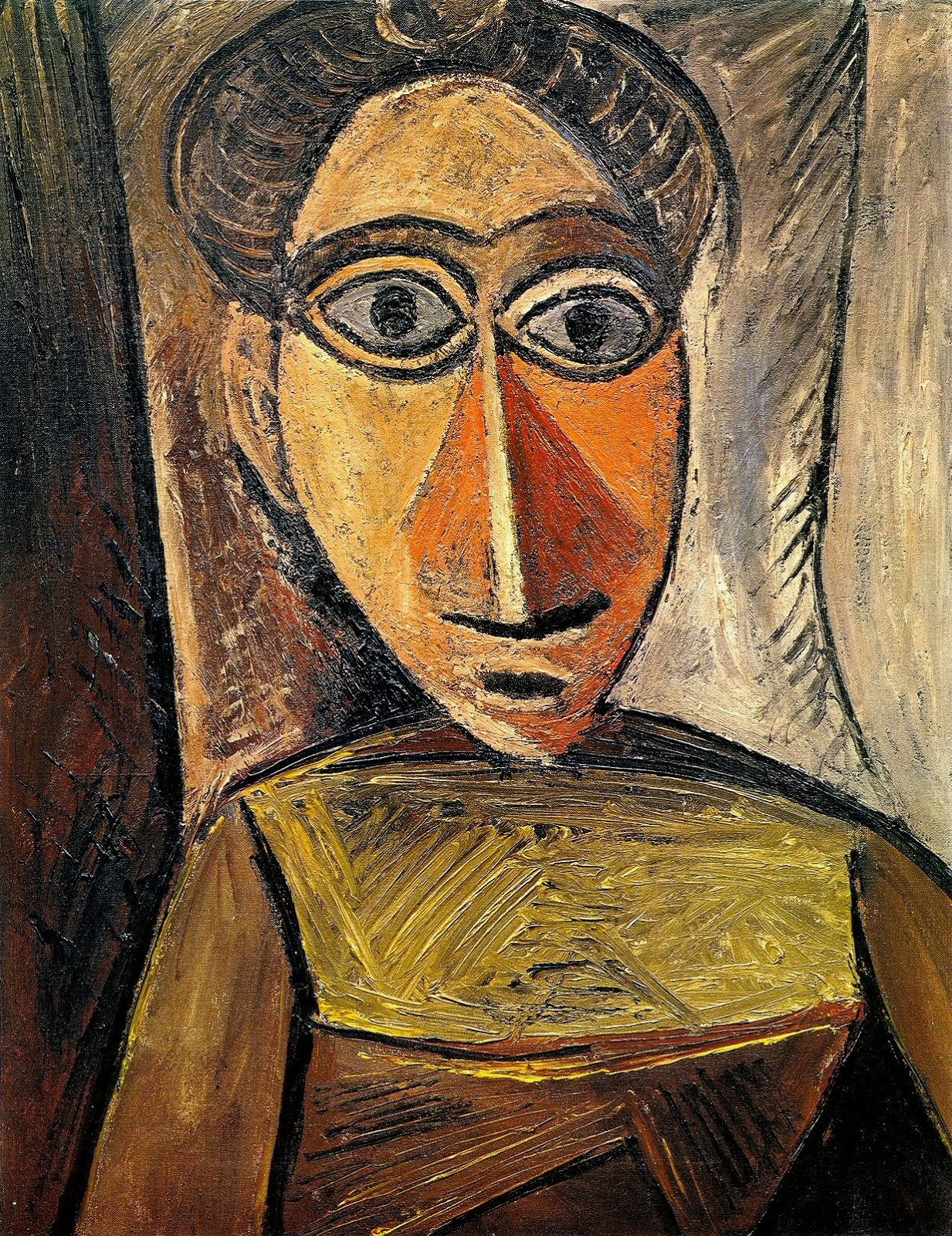The Enigmatic World Of Picasso: A Journey Through The Life Of The Painter
Pablo Picasso, the mastermind behind some of the most iconic artworks of the 20th century, continues to captivate audiences with his extraordinary creativity and revolutionary techniques. His distinctive style, which evolved throughout his life, challenged traditional perspectives of art and introduced new forms of expression. Today, the name "Picasso" is synonymous with innovation and artistic brilliance, forever changing the landscape of modern art. In this article, we will delve into the life of the Picasso painter, exploring his biography, artistic journey, and the legacy he left behind.
Born in Málaga, Spain, in 1881, Picasso displayed prodigious talent from a young age. By the time he was a teenager, he had already created a number of remarkable works that hinted at his potential for greatness. As he grew, he navigated through various artistic movements, including Symbolism, Surrealism, and Cubism, which he co-founded. His impact on the art world is immeasurable, and his ability to continually reinvent himself has solidified his status as one of the greatest artists of all time.
Throughout his career, the Picasso painter produced an astonishing array of paintings, sculptures, ceramics, and drawings. His works often reflected his personal experiences and the tumultuous times in which he lived. From the haunting themes of the Blue Period to the vibrant and fragmented forms of Cubism, Picasso's art remains a testament to his innovative spirit. Join us as we explore the life and works of this enigmatic artist, uncovering the answers to some of the most frequently asked questions about the Picasso painter.
What is the Biography of Pablo Picasso?
Pablo Picasso's life is as colorful and complex as his artworks. Born to a painter father, he was immersed in the world of art from an early age. His family moved to Barcelona, where he later attended the Royal Academy of Fine Arts. Picasso's early work was characterized by realism, but as he matured, he began to explore various styles and techniques, leading to the creation of his unique voice in the art world.
| Personal Details | Bio Data |
|---|---|
| Name | Pablo Diego José Francisco de Paula Juan Nepomuceno Crispín Crispiniano María Remedios de la Santísima Trinidad Ruiz Picasso |
| Date of Birth | October 25, 1881 |
| Place of Birth | Málaga, Spain |
| Date of Death | April 8, 1973 |
| Nationality | Spanish |
| Famous Works | Les Demoiselles d'Avignon, Guernica, The Weeping Woman |
How Did Picasso Revolutionize Art?
The Picasso painter is renowned for his ability to break the mold of conventional art. His exploration of Cubism, alongside Georges Braque, was a groundbreaking movement that transformed how we perceive objects and space in art. By deconstructing subjects into geometric shapes and presenting multiple perspectives simultaneously, Picasso challenged the very foundations of artistic representation.
What Are the Different Artistic Periods of Picasso?
Throughout his prolific career, Picasso went through distinct artistic periods, each marked by a unique style and thematic focus. Some of the most notable periods include:
- Blue Period (1901-1904): Characterized by somber blue tones and themes of poverty and despair.
- Rose Period (1904-1906): A warmer palette with themes of love, joy, and circus life.
- African Period (1907-1909): Influenced by African art, leading to the creation of "Les Demoiselles d'Avignon."
- Cubism (1909-1919): A radical departure from traditional perspectives, focused on geometric forms.
- Surrealism (1920-1930): Exploring dreams and the subconscious, incorporating fantastical elements.
What Are Some of the Most Iconic Works of the Picasso Painter?
Throughout his career, Picasso created numerous masterpieces that continue to resonate with audiences today. Some of the most iconic works include:
- Les Demoiselles d'Avignon (1907): A revolutionary piece that marked the beginning of Cubism.
- Guernica (1937): A powerful political statement against the horrors of war, depicting the bombing of the town of Guernica during the Spanish Civil War.
- The Weeping Woman (1937): An emotional portrayal of grief, symbolizing the pain experienced during wartime.
- Girl Before a Mirror (1932): A complex exploration of identity and self-reflection.
How Did Picasso Influence Modern Art?
The impact of the Picasso painter on modern art is profound and far-reaching. His innovative techniques and willingness to experiment with form and color inspired countless artists and movements that followed. The principles of Cubism, for example, paved the way for Abstract Expressionism and other contemporary art movements.
What Legacy Did the Picasso Painter Leave Behind?
Picasso's legacy is not limited to his artistic achievements; it extends to his role as a cultural icon and a symbol of artistic freedom. His life and works continue to inspire new generations of artists, encouraging them to push boundaries and think outside the box. Museums around the world celebrate his contributions, and his artworks command record prices at auctions, attesting to his enduring relevance in the art world.
How Is Picasso Remembered Today?
Today, the Picasso painter is remembered not only for his extraordinary talent but also for his larger-than-life personality and his contributions to cultural discourse. His works are displayed in prominent art institutions, and numerous exhibitions celebrate his life and legacy. As a pioneer who embraced change and challenged artistic norms, Picasso remains a beacon of creativity that inspires artists and art lovers alike.
Conclusion: What Can We Learn from the Picasso Painter?
The life and works of Pablo Picasso serve as a powerful reminder of the importance of creativity, self-expression, and the willingness to embrace change. His journey as the Picasso painter encourages us to explore our own artistic paths, challenge conventions, and remain open to new ideas. As we reflect on his extraordinary contributions to the world of art, we are reminded that true creativity knows no bounds.
Kubrk: Unraveling The Mystery Behind The Name
Unraveling The Depths Of Voltaire's Candide
Unveiling The Journey Of Dropout Anna: A Story Of Courage And Determination


